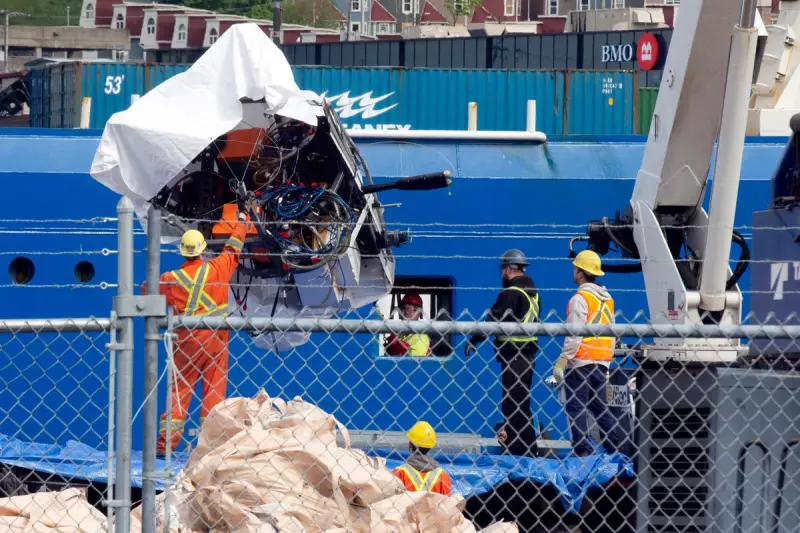
A damning new report has revealed the catastrophic series of failures that led to the implosion of the Titan submersible, exposing how OceanGate executives repeatedly ignored safety warnings and expert concerns before the fatal dive to the Titanic wreck.
The Fateful Descent
On June 18, 2023, the Titan submersible embarked on what would become its final voyage to the wreck of the RMS Titanic, located nearly 4,000 metres below the surface of the North Atlantic. Just one hour and 45 minutes into the descent, the vessel suffered a catastrophic implosion, instantly killing all five people aboard, including OceanGate CEO Stockton Rush.
Warnings Ignored
According to the comprehensive investigation, multiple industry experts and former OceanGate employees had raised serious concerns about the submersible's safety years before the tragedy. The report highlights how the company's leadership dismissed crucial warnings about the experimental carbon fibre hull and other critical systems.
Critical Safety Compromises
- Experimental Materials: The carbon fibre hull showed signs of cyclic fatigue that went unaddressed
- Monitoring Systems: The acoustic monitoring system intended to detect hull failure was insufficient
- Certification Avoidance: OceanGate deliberately avoided third-party certification to 'avoid stifling innovation'
- Expert Dismissal: Multiple engineering concerns were reportedly dismissed as 'baseless complaints'
The Human Cost
The disaster claimed the lives of five individuals: OceanGate CEO Stockton Rush, British adventurer Hamish Harding, French Titanic expert Paul-Henri Nargeolet, and Pakistani businessman Shahzada Dawood with his 19-year-old son Suleman. The international search and rescue operation captured global attention before debris confirmed the vessel's destruction.
Industry Reckoning
The Titan tragedy has sparked intense scrutiny of the commercial deep-sea exploration industry, raising fundamental questions about safety regulations in international waters. Maritime safety experts are now calling for stricter oversight and certification requirements for all commercial submersible operations.
The comprehensive report serves as a sobering reminder of the immense pressures and risks involved in deep-sea exploration, and the critical importance of heeding safety warnings regardless of commercial pressures or technological ambitions.





